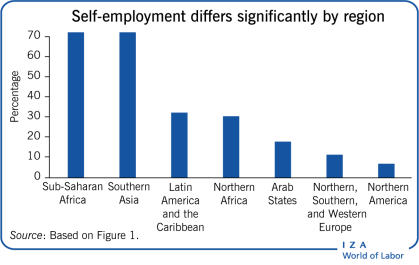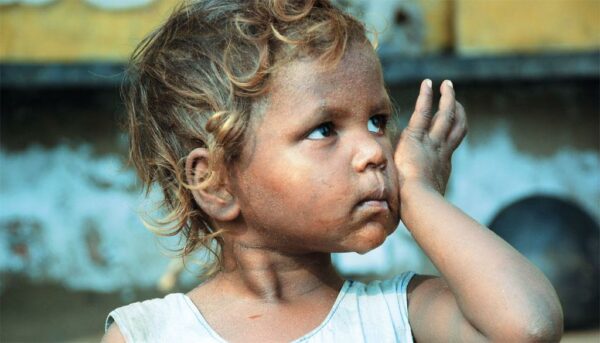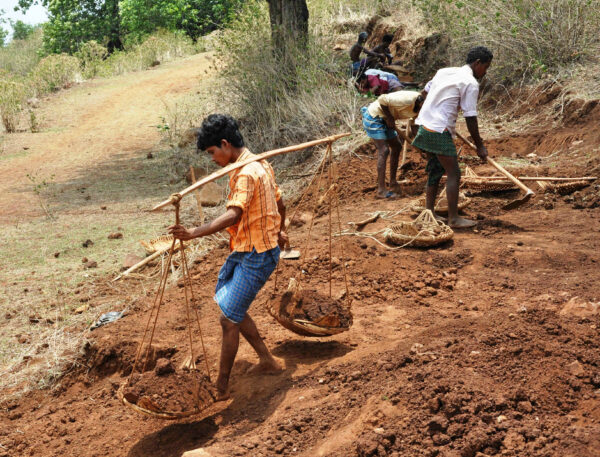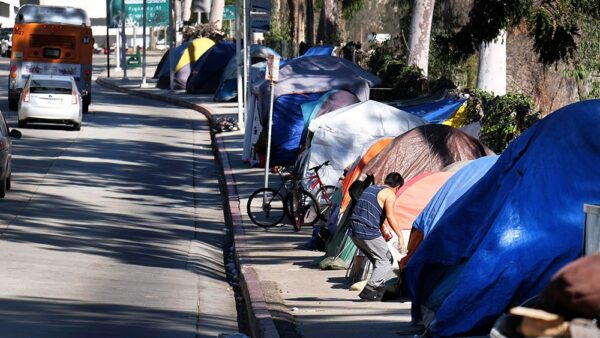
International Organizations like the World Bank and the United Nations lists extreme poverty reduction and income redistribution as their goals for the world. Back in 2000, in the general assembly of the United States, the committee adopted a set of “Millennium Development Goals”, the first of which has been the elimination of extreme poverty and hunger. The World Bank proclaims that “our aim is a world free of poverty.”
When India began on its route of economic growth post-independence, Prime Minister Jawaharlal Nehru dictated that at the heart of every monetary policy of growth and development would reduce the poverty levels in the country and make the country’s growing income equitable for all.
More than 70 years down the line, and we’re not only struggling with stunningly substantial income inequalities and differences in wealth distribution but also extreme malnutrition and hunger. India has seen its wealth grow exponentially over the past several years. However, the translation of that wealth into the poorer segments of society remains a challenge. 
However, the problem is that this challenge is more a political stunt than something that we are willing to solve. The authorities, the governments, and policymakers- responsible for this target alleviation of poverty- seem to have adopted the notion of being comfortable with these alarming poverty levels.
The problem is that they are not willing to do it. And us ordinary people? We are letting them get away with it because we are too unaware of the current realities. The discussion aims to understand the pattern of poverty that the country has maintained over the years. Due to the inadequate change in poverty measures, we are looking at a much more naïve and rigged picture.
Note also that the target of this discussion is not just the current government or the ruling party, but all the authorities that have kept us manipulated behind some rigged numbers over the years.
The concept and understanding of poverty line-
The common notion of a measure of poor people in the country is believed to be through a poverty line, people falling behind who are considered inferior, communicated to us through a headcount ratio.
If we read in a little more detail, this poverty line, the line separating the poor from the not-poor, is more in an economic sense than an overall index. It means that poverty, in general, is not merely a lack of income beyond a certain level but also a measure of various indices of well-being. Take, for example, the lack of human capital due to the unavailability of resources to afford education or lack of platform to voice your democratic or political concerns if the ruling government is too swayed by the influential and wealthy.
While all of these contexts are widely true for the poor in India, while talking about poverty, we only restrict ourselves to the levels of income, or more precisely, consumption.
The concept of the poverty line, or the designated level, is decided as per the nutritional requirements of a person to sustain a healthy life adequately. As per the guidelines issued and discussed by nutritionists, it is usually declared that 2000 calories are enough for the nutritional sustenance of an individual. 
Thus, using some mathematical and economic concepts of conversion like linear programming and the Calorie Engel Curve, the consumption bundle that gives the said number of calories is correlated to an income level, thus forming the poverty line mark. It is precisely why the value varies among countries, although changes over areas and regions also make fair sense.
The measure of poverty in terms of calorie intake through income makes sense because poor people with limited resources tend to spend a much more significant proportion of their budget on food than any other consumer good, making it susceptible to understanding their conditional requirements.
Now, the matter of concern here is how the poverty line looks like over the years. Allow me to trace it for you.
Well, the right to food is more compelling than the right to consumer goods. The poverty line based on calories is attractive because of a political reason, especially per se- since anti-poverty programmes involving food measures are received with much more appreciation than the measures that concern other required needs. And it makes sense too, but the only problem is that the dynamic has changed over the years quite a bit.
If we state the requirement of 2000 calories for a healthy body, the poverty line has to be revised upwards to match that income level today.
Yet, over the past almost five decades, the poverty line level has remained relatively stagnant in real terms; the only revisions that have been made are for adjusting inflation levels. So, even though the purchasing power of a household in India today was almost the same as a few years ago, the calorie intake, and thus the requirement is met, is considerably less.
So, why are there no upward revisions? Why has the government kept the poverty line in real terms so constant over the years? 
Well, you’ve guessed it right. There would be no political support and will to undertake any such action since an upward revision of the poverty line would increase the number of people designated as poor. Again, it would not be an excellent sign for any political party if people could see in numbers that the poverty levels have increased.
So, irrespective of the fact that poverty, calorie intake and hunger are increasing, the measures we have so conveniently left whole show that poverty in India is declining.
When we see Google showing that India witnessed a decline in its poverty as of May 2021, these are more numbers than facts.
It also brings about one significant conclusion. If a malevolent government is only concerned with keeping the headcount ratio of poverty constant or decreasing to appeal to the populist interests, which is to say they are not taking money from the very poor to give to the poor in terms of their schemes. It is because such an attempt would not affect the headcount ratio of poor people at all.
Isn’t this why we keep saying the rich are getting richer while the poor keep getting poorer? 
It is precisely why the headcount ratio as a measure of the number of poor in the country is not reliable because it doesn’t tell you how far along the people are from sustainable levels of living. The poverty gap ratio, which presents the proportion of gap between the line of poverty and the average income levels, is thus a much better measure.
It also shows changes when the poor get poorer, unlike the headcount ratio, which we need to know and be concerned about. The government doesn’t calculate this measure and acknowledges the disparity and concern of the headcount ratio.
It shows loud and clear that as much as we would want, governments don’t really care about the poor and is simply getting away with it because we’re too consumed in trivial matters than to care about the poor of our very own country. Currently, the statistics say that around 6 per cent of people in India live in extreme poverty, which again is a wildly inaccurate description of the number as we’ve discussed for all this while.
Question your authorities on the right questions, and settle for the correct answers. Awareness is the key, no matter how much they try to evade it at the moment.
Article Proofread and Edited by Shreedatri Banerjee




